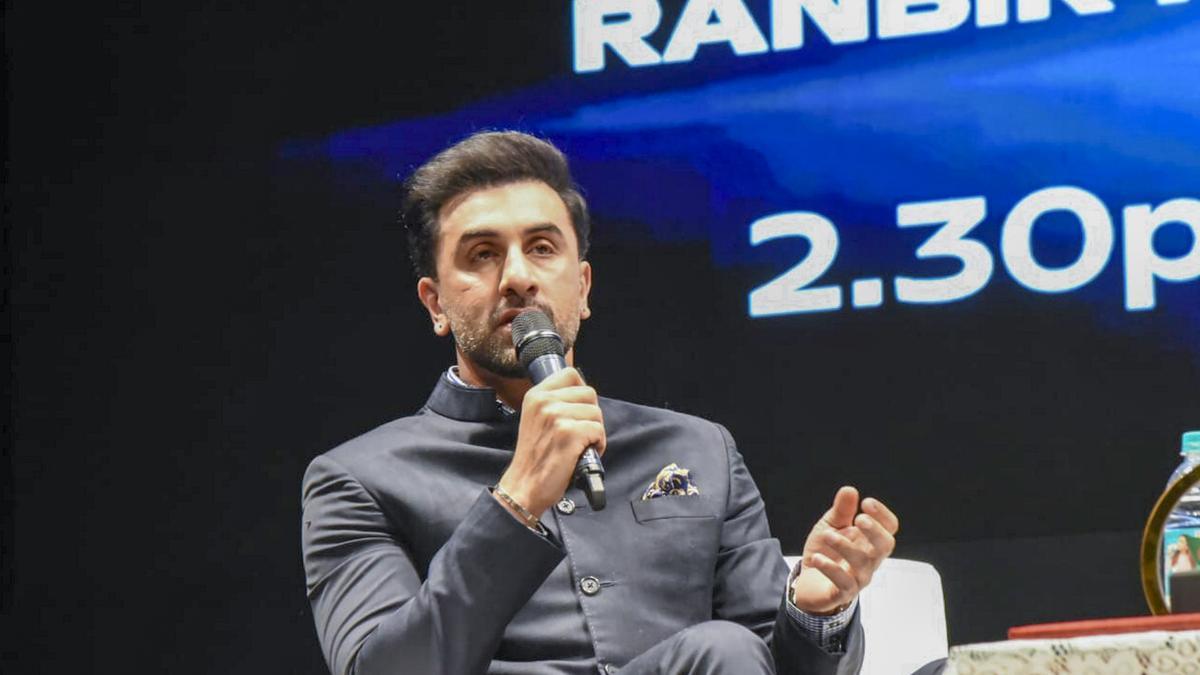
In a significant move, the Board of Control for Cricket in India (BCCI) has decided to eliminate the Impact Player rule from the upcoming season of the Syed Mushtaq Ali Trophy (SMAT). This decision marks a stark departure from BCCI’s continued endorsement of the rule in the Indian Premier League (IPL), where it remains firmly embedded for the next three seasons. The domestic T20 tournament, SMAT, is set to commence on November 23 and will run through to its finale on December 15.
The cricket fraternity has been abuzz with discussions regarding the Impact Player rule since its inception. Designed to introduce an additional element of strategy into a game traditionally played by eleven members per side, the rule permits teams to make tactical substitutions during a match. Despite its novelty and capacity to influence game dynamics, it has generated considerable debate within Indian cricket.
ESPNCricinfo disclosed that the BCCI has formally communicated its decision to abandon the rule to the various state cricket associations. The communication emphasized, “Kindly note that the BCCI has decided to do away with the provision of the Impact Player rule.” The announcement has elicited varied responses from coaches and players across the domestic circuit.
One such positive response came from Niraj Odedra, head coach of the Saurashtra cricket team. He openly welcomed the decision, asserting, “It is a nice change. Also, the ICC doesn’t have this rule in major tournaments, so it would be good for cricketers who want to play for India as they graduate from domestic season.” Odedra’s statement underscores the importance of aligning domestic cricket regulations with international standards to ensure a smooth transition for players moving from domestic leagues to the international arena.
Despite its removal from SMAT, the Impact Player rule’s presence in the IPL remains a contentious topic. The rule, introduced to the IPL in 2023, continues to face opposition from several quarters.
. Notably, India’s national team captain, Rohit Sharma, has publicly criticized the rule. Speaking on the Club Prairie podcast, Sharma expressed his concerns about the impact of the rule on player development, particularly for all-rounders. He articulated, “I generally feel that it is going to hold back (the development of all-rounders) because eventually cricket is played by 11 players, not 12. I’m not a big fan of impact players. You are taking out so much from the game just to make it a little entertainment for people.”
The concern shared by Rohit Sharma resonates with many cricket purists who argue that the traditional format of the game should be preserved. The introduction of such rules, they argue, risks compromising cricket’s core ethos and could potentially hinder the holistic development of players who excel in multiple skills.
Feedback from numerous cricketers also points to the rule being a catalyst for excessively high scores during IPL matches, evidenced particularly in the IPL 2024 season. Despite these criticisms, the BCCI remains resolute, having decided to continue with the Impact Player rule in the IPL for three additional seasons.
The divergence in the implementation of the Impact Player rule between the IPL and SMAT presents an intriguing dynamic within Indian cricket. On the one hand, the IPL, as a global spectacle, is seen as conducive to experimentation and innovation, where entertainment value and spectator engagement often take precedence. On the other hand, SMAT, as a feeder tournament to the Indian national team, prioritizes player development and adherence to international standards.
As the SMAT heats up without the Impact Player rule, cricket enthusiasts will be keenly watching to see how the omission of this rule influences game strategies and player performance. Likewise, the IPL will remain under scrutiny to assess whether the continued use of the rule augments or detracts from the league’s reputation as a premier cricketing event worldwide.










